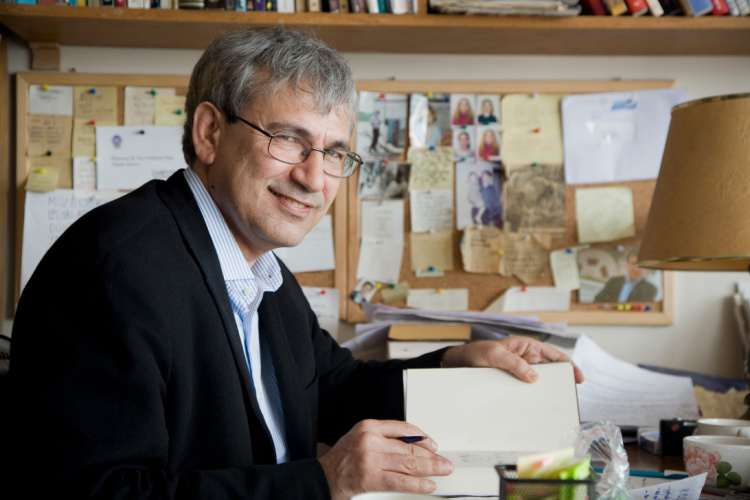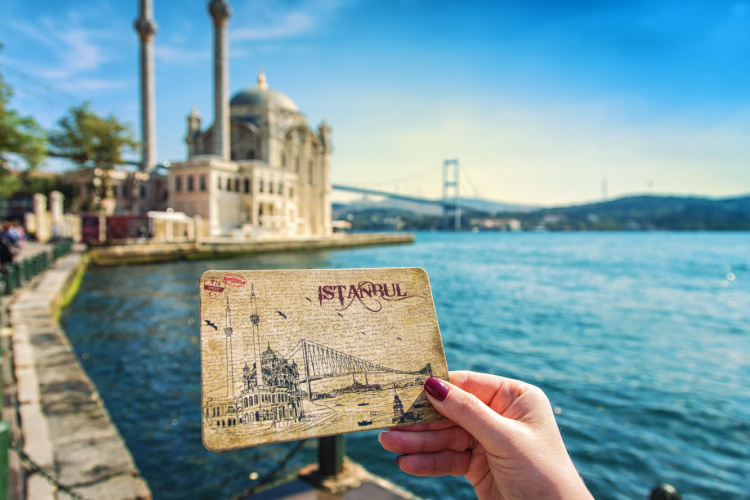
BLOG
- ELİTE WORLD HOTELS & RESORTS
- BLOG
- SİVAS TRAVEL GUİDE: CAPİTAL OF CULTURAL HERİTAGE
Sivas Travel Guide: Capital of Cultural Heritage
Sivas, an ancient city with a history dating back to 5000 BC, bears the traces of states such as the Byzantine, Seljuk and Ottoman Empires. The city, shining like a diamond in the middle of the Anatolian steppe on the historical Silk Road, fascinates its visitors with its cultural heritage.
Its precious role in the War of Independence makes it one of the most important milestones in our history. Let's take a tour of the stone structures of Sivas, which resembles an open-air museum with its cultural assets and explore this beautiful city step by step.
Unique Examples of Stonework: Divriği Great Mosque and Hospital
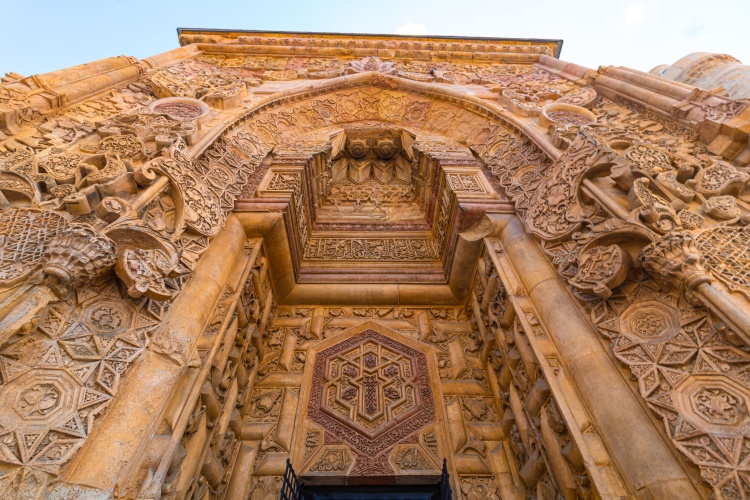
Divriği Great Mosque, a UNESCO World Heritage Site, was built between 1228 and 1243, during the peak of Seljuk architecture. The mosque, which has a hospital adjacent to it, is known as the first structure from Turkey to be included in the UNESCO World Heritage List.
With its unique ornamentation, reliefs and geometric motifs, as well as its columns, dome and ceiling decorations, it offers one of the finest examples of the Baroque style and Turkish-Islamic art. No geometric shape is repeated in the structure, which is why many art historians have called it the "Miracle of Divriği" or the "Alhambra of Anatolia." The double-headed eagle on the west gate of the mosque represents the Seljuk Empire, while the eagle with its head bowed represents the Mengujekids.
The Headquarters of the National Struggle: Sivas Atatürk Congress Museum
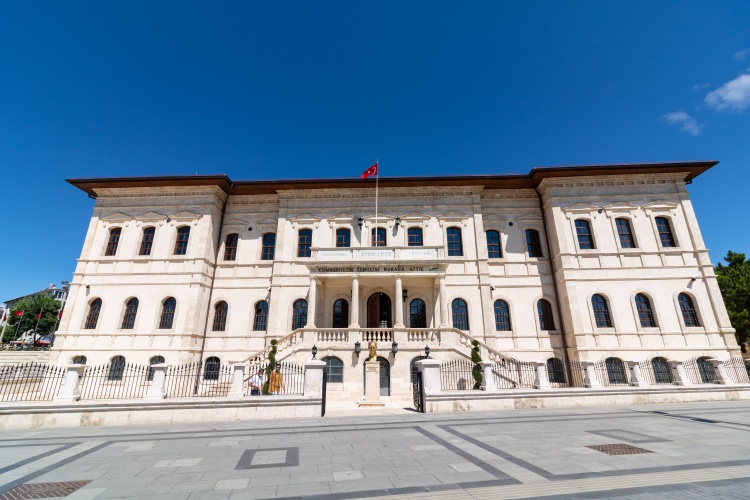
Sivas is a city that has written its name in golden letters in the history of the republic with the congress it hosted during the War of Independence and the years of occupation, where the fire of independence was lit. The building, which was used by Mustafa Kemal Atatürk and the Representative Committee as the center of the national struggle between September 2 and December 18, is now visited as a museum.
The building, which was a high school building before the Sivas Congress, which convened on September 4, was later used as a school again. In 1990, it was repaired and opened to visitors as a museum. In the museum, the congress hall and Atatürk's resting and working rooms are preserved in their original form. All the telegraphs, communication tools and documents used at that time are also among the historical artifacts on display.
The Symbol of Sivas: Çifte Minareli Medrese (Double Minaret Madrasah)
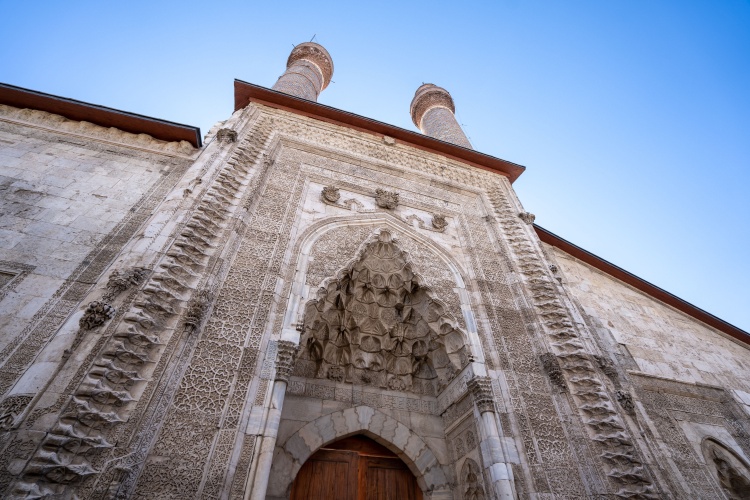
Built between 1271 and 1272, the Çifte Minareli Medrese has become a symbol of Sivas over time. The original part of the structure that has survived to the present day is the crown gate and its minaret, which form the front facade. The madrasah, which has the largest crown gate in Anatolia, fascinates its visitors with its two minarets rising above the crown gate. The two-story madrasah, where brick and tile are used together in its minarets, attracts attention with its geometric patterns and floral motifs. The madrasah is also referred to as Dârü'l-hadis in some sources.
Built on the Kızılırmak River: Eğri Köprü (Crooked Bridge)
Built in the 12th century on the Kızılırmak River, one of the longest rivers in Turkey, the Eğri Köprü (Crooked Bridge) is called by this name because it rises slightly from its starting point. The bridge, which is 180 meters long and 5 meters wide, has 20 arches and has survived to the present day in good condition.
The bridge, which was used for transportation to the Silk Road during the Seljuk period, was used for transportation to Malatya during the Ottoman and Republican periods. You can take a souvenir photo on the Kızılırmak River on the bridge, which is now closed to vehicle traffic and watch the endless steppe.
The Place Where the Heart of Trade Beats in Sivas: Taşhan
As in many cities of Anatolia, Sivas also had an inn that directed the commercial life of the city. Taşhan, built in the 19th century, is, as its name suggests, a rectangular planned inn made of cut stone with three gates.
Today, bags and suitcases are sold in the shops lined up in the south and north directions of the inn. All the shops, which are fully glazed, face outwards. In the cafes on the upper floor of the inn, there are rectangular iron-barred windows.
The House Where Unique Folk Songs Were Sung: Âşık Veysel Museum
There is someone who was born in the Sivrialan village of Sivas and was blind but knew how to see with his heart. Yes, we are talking about Âşık Veysel. The house of the folk poet Âşık Veysel, the creator of many folk songs that almost everyone listens to with love today, was turned into a museum with the restoration work that began in 1979. The personal belongings and works of our world-famous poet in the house where he lived can be seen by visitors. The master poet is commemorated with various events at the Âşık Veysel Âşıklar Festival, which is held in the first week of July every year.
Accommodation Address for a Cultural Trip in Sivas: Elite World Nest Sivas
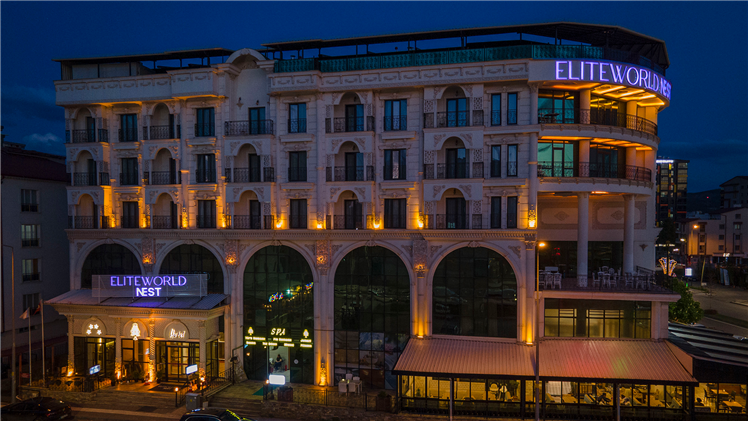
You can choose Elite World Nest Sivas, which reflects the spirit of Seljuk architecture, for your visits and stays in the city. Located in the center of Sivas, the hotel offers you everything you might need for a stay in the most privileged way with its rooms of different sizes, meeting rooms that you can choose for meetings and organizations and Fit Life SPA Center, which offers a massage and relaxation experience. You can contact Elite World Nest Sivas to experience a unique accommodation while visiting Sivas, one of the largest cities of Anatolia and home to many civilizations.












